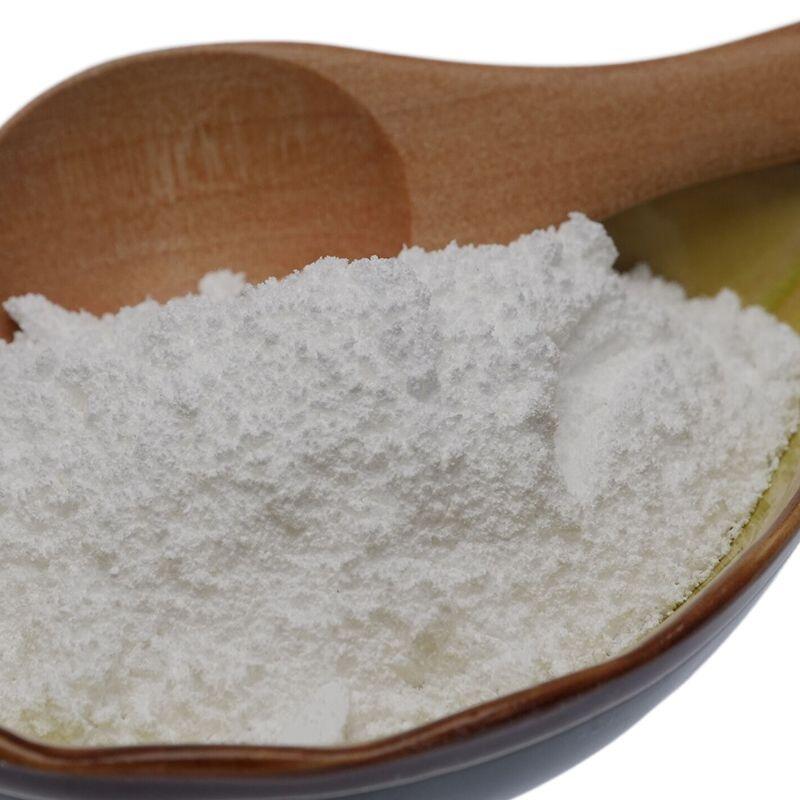-
Categories
-
Pharmaceutical Intermediates
-
Active Pharmaceutical Ingredients
-
Food Additives
- Industrial Coatings
- Agrochemicals
- Dyes and Pigments
- Surfactant
- Flavors and Fragrances
- Chemical Reagents
- Catalyst and Auxiliary
- Natural Products
- Inorganic Chemistry
-
Organic Chemistry
-
Biochemical Engineering
- Analytical Chemistry
-
Cosmetic Ingredient
- Water Treatment Chemical
-
Pharmaceutical Intermediates
Promotion
ECHEMI Mall
Wholesale
Weekly Price
Exhibition
News
-
Trade Service
N-Methyl 3-nitrobenzenesulfonamide, commonly referred to as MNBS, is a chemical compound that has been widely used in the chemical industry for various applications.
The compound is known for its unique properties that make it suitable for use in various solvents, surfactants, and other chemical products.
However, the use of MNBS has raised concerns about its safety, particularly in relation to its potential toxicity to humans and the environment.
One of the main concerns with the use of MNBS is its potential toxicity to humans.
The compound is known to be toxic when ingested, inhaled, or absorbed through the skin.
Exposure to high concentrations of MNBS can cause irritation to the eyes, nose, and throat, and can lead to respiratory problems, headaches, and nausea.
Prolonged exposure to the compound can also cause more serious health issues such as liver and kidney damage, and may even be carcinogenic.
In addition to its potential toxicity to humans, MNBS is also known to be toxic to the environment.
The compound is highly soluble in water, and can easily leach into groundwater and other aquatic systems.
Once in the environment, MNBS can cause significant harm to aquatic life, particularly fish and other aquatic organisms.
The compound is known to cause damage to the gills and livers of fish, and can lead to death in high concentrations.
Another concern with the use of MNBS is its potential to cause discoloration of materials.
The compound is known to be an effective cleaning agent, and can be used to remove grease, dirt, and other contaminants from various materials.
However, the use of MNBS can also cause discoloration of materials, particularly those that are sensitive to chemicals.
This can be a significant issue in various industries, particularly in the textile and clothing industries, where the use of MNBS can cause discoloration of fabrics and may even lead to complete spoilage of materials.
Despite the potential dangers associated with the use of MNBS, the compound is still widely used in the chemical industry.
The compound is particularly popular in the production of various chemical products, such as solvents, surfactants, and other cleaning agents.
The high solubility of MNBS in water also makes it an ideal compound for use in various industrial cleaning applications.
However, the use of MNBS is not without its risks, and the chemical industry must take steps to ensure the safety of workers and the environment.
In particular, the industry must take measures to minimize exposure to the compound and to ensure proper disposal of waste materials that contain MNBS.
The industry must also take steps to ensure that the compound is not released into the environment, and must use appropriate containment and treatment measures to prevent pollution of air, water, and soil.
In conclusion, N-Methyl 3-nitrobenzenesulfonamide, commonly known as MNBS, is a chemical compound that has been widely used in the chemical industry for various applications.
However, the use of MNBS has raised concerns about its safety, particularly in relation to its potential toxicity to humans and the environment.
The compound is known to be toxic when ingested, inhaled, or absorbed through the skin, and can cause significant harm to aquatic life and the environment.
Despite its potential dangers, the compound is still widely used in the chemical industry, and the industry must take steps to ensure the safety of workers and the environment.
The industry must use appropriate containment and treatment measures to prevent pollution of air, water, and soil.







